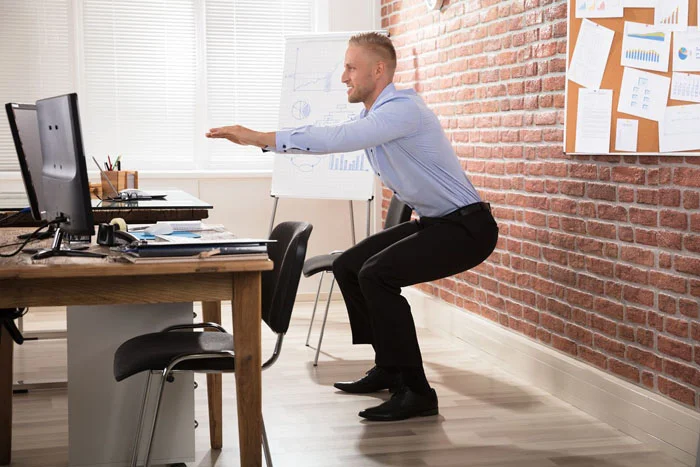Study Reveals Short Exercise Bursts May Outshine Long Workouts—Here’s How to Try It

A recent study from Dr. Francesco Luciano at the University of Milan suggests that short, intense bursts of exercise—or “micro-workouts”—could be as effective, if not more so, than traditional, sustained exercise routines. Published by the Royal Society, the study compared continuous long walks to short intermittent walks and found that shorter exercise sessions actually consumed more energy and elevated oxygen intake. This growing evidence supports the idea that short, frequent bouts of physical activity can have significant health benefits.
This approach was popularized by the late Dr. Michael Mosley, a broadcaster and advocate for micro-workouts, who highlighted their impact on weight loss, blood glucose levels, and blood pressure. Mosley’s “Just One Thing” series on BBC Radio 4 emphasized that these quick exercise breaks offer a convenient way to fit beneficial activity into busy schedules, and trainers like Lucie Cowan, a master trainer at Third Space London, agree. Cowan notes that small movements—like quick squats, flights of stairs, or brisk walks—can provide a notable cardiovascular boost, engage muscles, and burn calories without the need for a lengthy gym session.
Incorporating these brief exercises into daily routines can yield a variety of physical benefits, such as improved cardiovascular health, muscle engagement, and increased energy expenditure. Cowan suggests that instead of taking breaks filled with snacks or scrolling on social media, individuals can benefit from these “exercise snacks” that keep the body active without a large time investment.
Simple Micro-Workouts You Can Try Anywhere
For those interested in accessible micro-workouts, Lucie Cowan recommends these straightforward exercises that can be done at home or in the office, all requiring minimal time and equipment:
- Chair Squats
Strengthen the legs, hips, and core with a series of chair squats. Stand in front of a chair, lower yourself as if sitting, and then rise back up just before touching the seat. Repeat 10-15 times to mimic the functional movement of sitting and standing. - Wall Push-Ups
A gentle upper-body workout, wall push-ups engage the arms, chest, and shoulders. Stand at arm’s length from a wall, lean in as you bend your elbows, then push back to the starting position. This is a beginner-friendly alternative to traditional push-ups. - Marching in Place
Improve circulation and elevate the heart rate with this low-impact cardio move. Stand tall and alternate lifting each knee while swinging your arms. Perform this for 1-2 minutes during a break for a quick energy boost. - Heel Raises
Build ankle stability and calf strength with heel raises. Hold onto a chair, lift your heels off the floor, and return to the starting position. Repeat 10-15 times to improve lower leg strength and balance. - Standing Side Leg Lifts
Improve hip strength by lifting each leg to the side, holding onto a chair if needed. Keep your body upright and controlled as you alternate legs. This movement enhances balance and strengthens the core. - Seated Knee Lifts
Engage your core and hip flexors with seated knee lifts. From a seated position, lift one knee toward your chest, lower it, and repeat on the other side. This exercise supports core stability and is beneficial for daily activities. - Arm Circles
Improve shoulder mobility by making small circles with your arms extended to the sides at shoulder height. Perform for 30 seconds in each direction to increase circulation and flexibility. - Seated Torso Twists
This seated twist strengthens the core and improves spinal flexibility. Sit upright, twist to one side, return to the center, and alternate sides. Repeat for 10 rounds on each side for a flexible spine. - Standing Calf Stretch
For calf flexibility, place one foot back with the heel down, and gently bend the front knee toward a wall. Hold for 20-30 seconds on each leg to relieve lower leg tension. - Balance on One Foot
Improve stability by balancing on one foot while holding a wall for support if needed. Hold for 20-30 seconds per leg, and gradually let go as your balance improves.
By incorporating these mini-workouts into short breaks throughout the day, individuals can improve fitness and energy without the need for extended exercise sessions, offering a flexible way to achieve daily movement goals.






